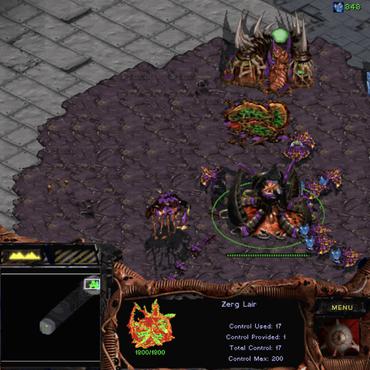SMAUG: A Sliding Multidimensional Task Window-Based MARL Framework for Adaptive Real-Time Subtask Recognition
Instead of making behavioral decisions directly from the exponentially expanding joint observational-action space, subtask-based multi-agent reinforcement learning (MARL) methods enable agents to learn how to tackle different subtasks. Most existing subtask-based MARL methods are based on hierarchical reinforcement learning (HRL). However, these approaches often limit the number of subtasks, perform subtask recognition periodically, and can only identify and execute a specific subtask within the predefined fixed time period, which makes them inflexible and not suitable for diverse and dynamic scenarios with constantly changing subtasks. To break through above restrictions, a \textbf{S}liding \textbf{M}ultidimensional t\textbf{A}sk window based m\textbf{U}ti-agent reinforcement learnin\textbf{G} framework (SMAUG) is proposed for adaptive real-time subtask recognition. It leverages a sliding multidimensional task window to extract essential information of subtasks from trajectory segments concatenated based on observed and predicted trajectories in varying lengths. An inference network is designed to iteratively predict future trajectories with the subtask-oriented policy network. Furthermore, intrinsic motivation rewards are defined to promote subtask exploration and behavior diversity. SMAUG can be integrated with any Q-learning-based approach. Experiments on StarCraft II show that SMAUG not only demonstrates performance superiority in comparison with all baselines but also presents a more prominent and swift rise in rewards during the initial training stage.
PDF Abstract



